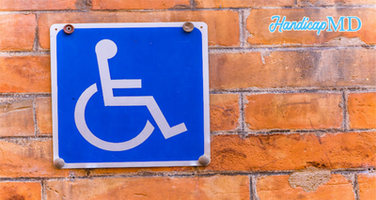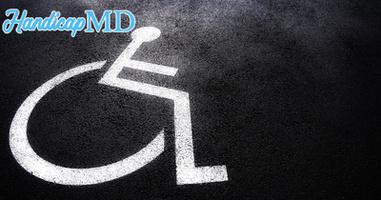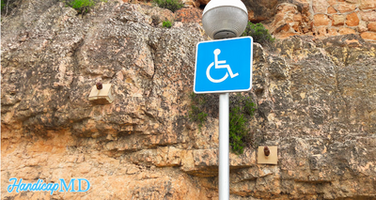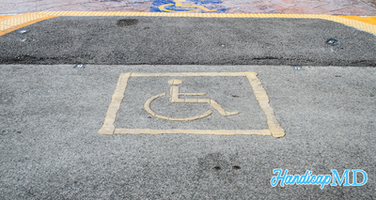
Limited Or No Use Of Limbs, Amputee and Disabled Parking Permits
Introduction
Living with limited or no use of limbs can present various challenges in everyday life. From mobility difficulties to accessibility concerns, individuals facing limb loss or disability often encounter unique obstacles. One aspect that greatly aids their mobility is the availability of disabled parking permits. These permits provide essential benefits and support to amputees and people with disabilities, facilitating their daily activities and ensuring their participation in society. In this article, we will explore the significance of disabled parking permits for individuals with limited or no use of limbs, shed light on the application process, address frequently asked questions, and emphasize the importance of inclusive parking solutions.
Limited Or No Use Of Limbs and Its Impact
Living with limited or no use of limbs can result from various causes, including congenital conditions, accidents, or medical conditions. This physical limitation often affects an individual's ability to walk or move freely without assistance. Tasks that many take for granted, such as getting in and out of vehicles or navigating through parking lots, can become daunting challenges for those with limited mobility.
Understanding the Qualifications
To qualify for a disabled parking permit with limited or no use of arms, it is essential to meet specific criteria as determined by the relevant authorities. These criteria generally encompass various medical conditions or disabilities that significantly affect the ability to use the arms for daily activities, including driving and mobility. The following sections highlight some of the common conditions that may make an individual eligible for such a permit:
1. Quadriplegia
Quadriplegia, also known as tetraplegia, is a condition characterized by the partial or complete paralysis of all four limbs, including the arms and legs. Individuals with quadriplegia face challenges in performing essential activities, such as gripping a steering wheel or maneuvering their arms to operate vehicle controls. In such cases, a handicap placard can provide much-needed convenience and accessibility.
2. Upper Limb Amputation
Individuals who have undergone upper limb amputation, whether due to congenital conditions, accidents, or medical procedures, may experience difficulties using their arms for driving or performing other tasks related to mobility. The absence of one or both arms can significantly impact their ability to operate a vehicle safely. A handicap placard can help alleviate some of these challenges by providing closer parking spaces.
3. Severe Upper Limb Impairment
Severe upper limb impairment refers to a condition where an individual experiences a substantial loss of function or mobility in their arms, limiting their ability to carry out everyday activities. Conditions such as muscular dystrophy, severe arthritis, or severe nerve damage can contribute to this impairment. A handicap placard can offer greater accessibility and convenience for individuals with severe upper limb impairment.
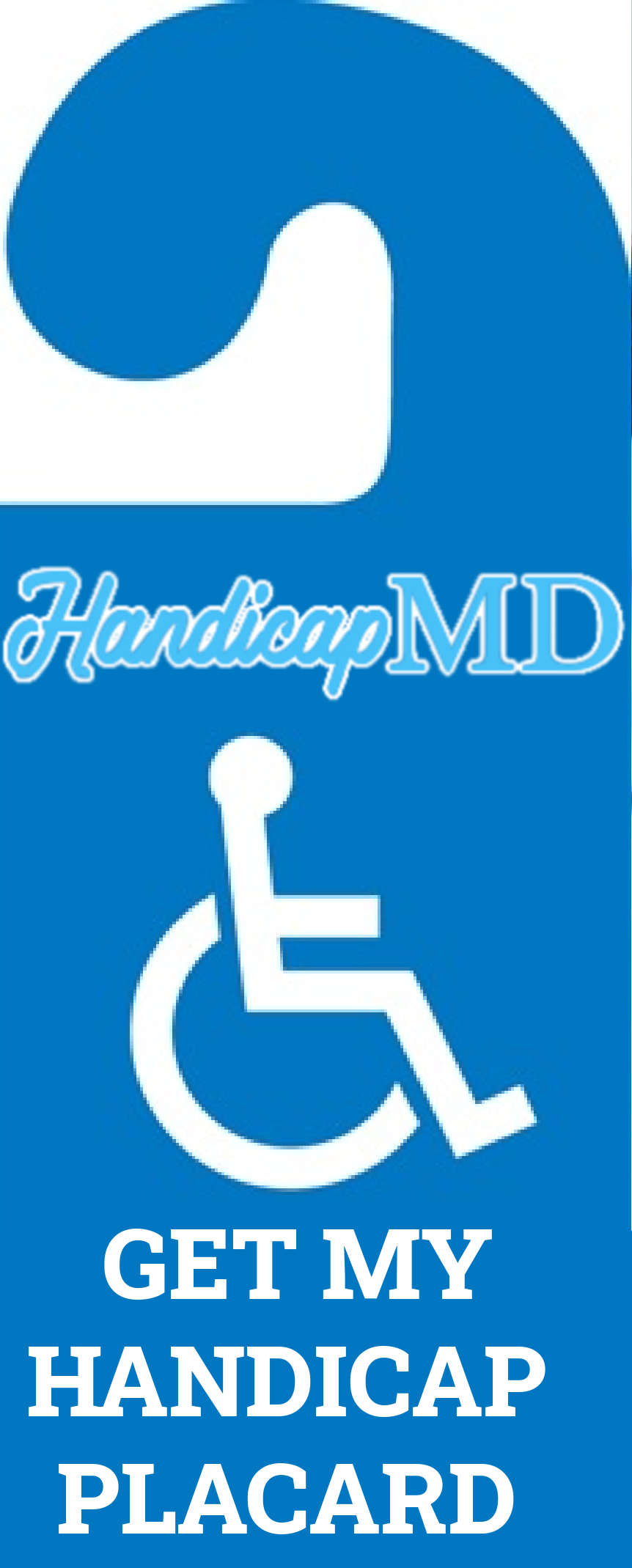
The Role of Disabled Parking Permits
Handicap placards play a crucial role in ensuring that individuals with limited or no use of limbs can access designated spaces close to their destinations. These permits, typically displayed on the vehicle's windshield or rearview mirror, allow convenient parking in specially designated accessible spots. Such spaces are strategically located near building entrances or facilities, minimizing the distance individuals need to travel, thereby reducing physical strain and discomfort.
Benefits of Disabled Permits
Convenience: Handicap placards offer convenience by providing closer spaces, reducing the distance individuals with limited mobility need to travel to access their destinations.
Accessibility: Accessible spaces are designed with features that accommodate individuals with disabilities, such as wider spaces, ramps, and proximity to ramps or elevators.
Safety: Having designated spots enhances safety for individuals with limited mobility, as they can navigate their way more easily and avoid potential hazards in crowded parking areas.
Independence: Disabled permits promote independence by enabling individuals with limited or no use of limbs to travel independently and engage in social and community activities.
How to Apply for a handicap placard
Applying for a handicap placard involves a straightforward process, but it may vary depending on your location. Here are the general steps to obtain a handicap placard :
Consult Your Healthcare Provider: Before applying, consult your healthcare provider, who can assess your eligibility for a handicap placard based on your medical condition and limitations.
Obtain the Application Form: Obtain the application form from the appropriate authority responsible for issuing handicap placards in your area. This is often the Department of Motor Vehicles (DMV) or a similar organization.
Complete the Application: Fill out the application form accurately, providing all required information, including personal details and medical documentation supporting your eligibility.
Submit the Application: Submit the completed application form along with any required supporting documents to the designated authority. Be sure to follow the specified submission guidelines and provide any additional information or fees as necessary.
Await Approval: Once you have submitted your application, it will be reviewed by the authority responsible for issuing handicap placards. The approval process duration may vary, so it is essential to plan accordingly.
Receive Your Disabled Parking Permit: If your application is approved, you will receive your handicap placard. Familiarize yourself with any rules or regulations associated with its use and display it properly whenever parking in designated accessible spaces.
Frequently Asked Questions (FAQs)
Q: Who is eligible for a handicap placard?
A: Individuals with limited or no use of limbs, as well as those with other disabilities that significantly affect their mobility, may be eligible for a disabled parking permit. Eligibility criteria can vary depending on your location, so it is advisable to consult your local authority for specific guidelines.
Q: Can I use a handicap placard in any vehicle?
A: Disabled permits are typically issued to individuals rather than specific vehicles. This means that you can use your permit in any vehicle you are traveling in, as long as you are present.
Q: Are disabled permits valid in other countries?
A: While handicap placards are generally recognized across borders, it is crucial to familiarize yourself with the regulations of the country or region you are visiting. Contact the appropriate authorities or conduct research to ensure compliance with local laws.
Q: How long is a disabled permit valid?
A: The validity period of handicap placards can vary. In some cases, they may be valid for a specific duration, such as one or two years, after which renewal is required. Other permits may be issued with no expiration date. Check with your local authority to understand the validity and renewal process for your specific permit.
Q: Can someone else use my disabled permit?
A: Disabled parking permits are issued to individuals for their personal use. It is strictly prohibited to lend or transfer your permit to someone else, even if they have a disability. Doing so may result in penalties or the revocation of the permit.
Q: What should I do if I notice misuse of a disabled permit?
A: If you suspect the misuse of a disabled permit, such as someone using a permit without a qualifying condition disability, you can report the incident to the appropriate authority responsible for enforcing parking regulations. Provide any relevant information to assist in their investigation.
Conclusion
Limited or no use of limbs can present significant challenges for individuals, affecting their mobility and independence. Disabled permits play a vital role in mitigating these challenges, providing convenience, accessibility, and safety to those with disabilities. By enabling closer proximity to destinations and offering designated accessible spaces, these permits enhance the lives of individuals facing physical limitations. Applying for a handicap placard involves a straightforward process, and it is essential to ensure compliance with local regulations. Together, with inclusive parking solutions and supportive measures, we can create a more inclusive and accessible environment for individuals with limited or no use of limbs.
.png)

